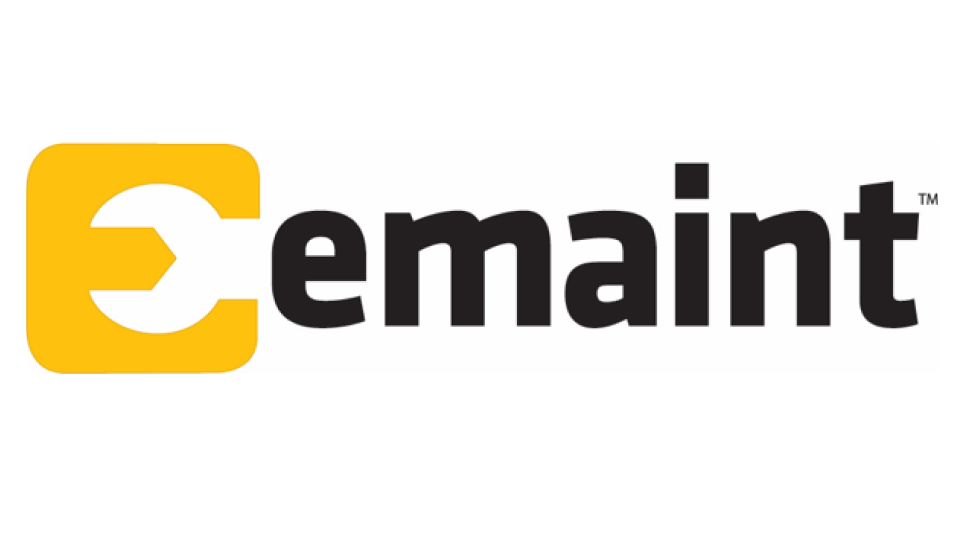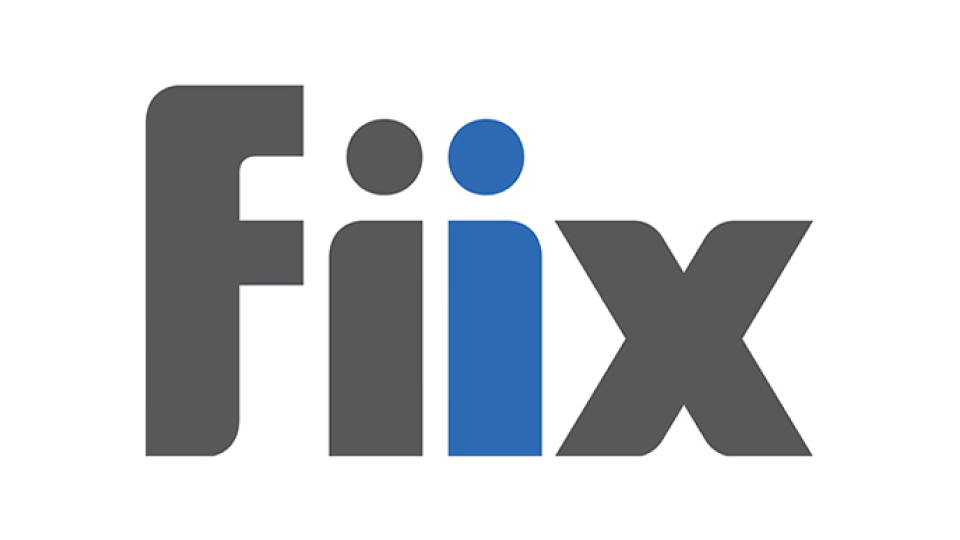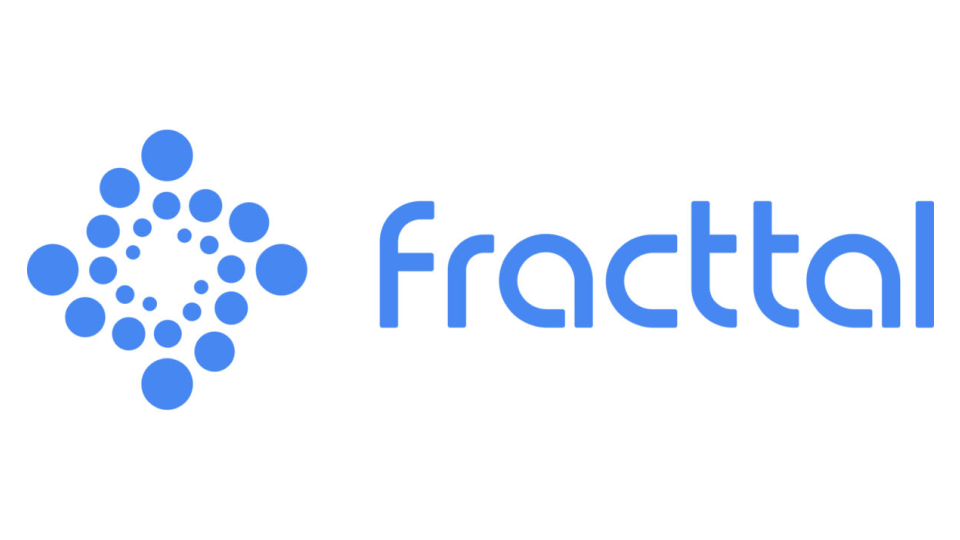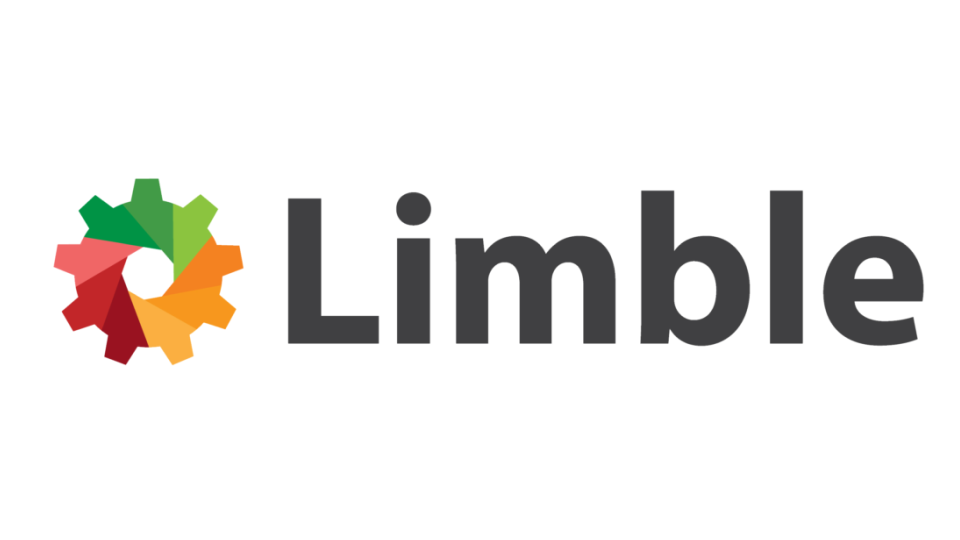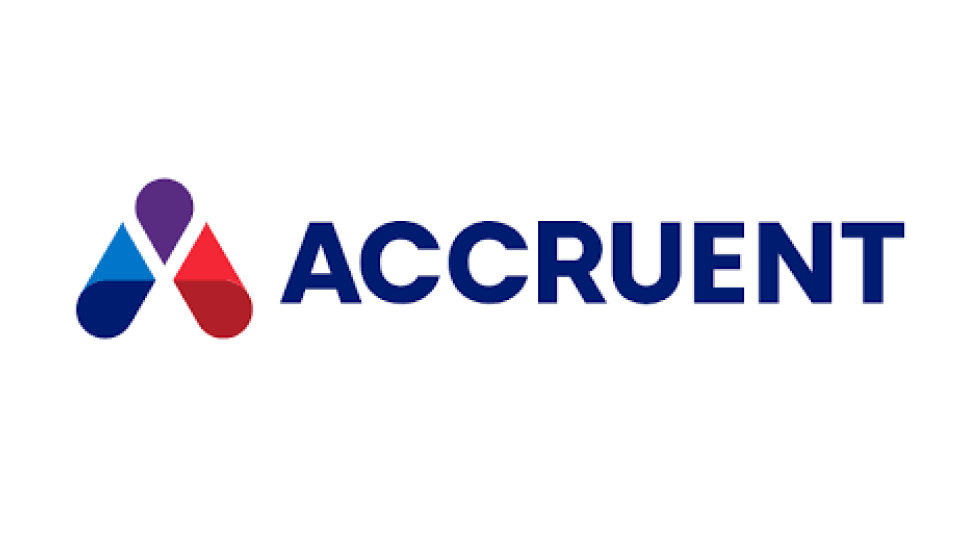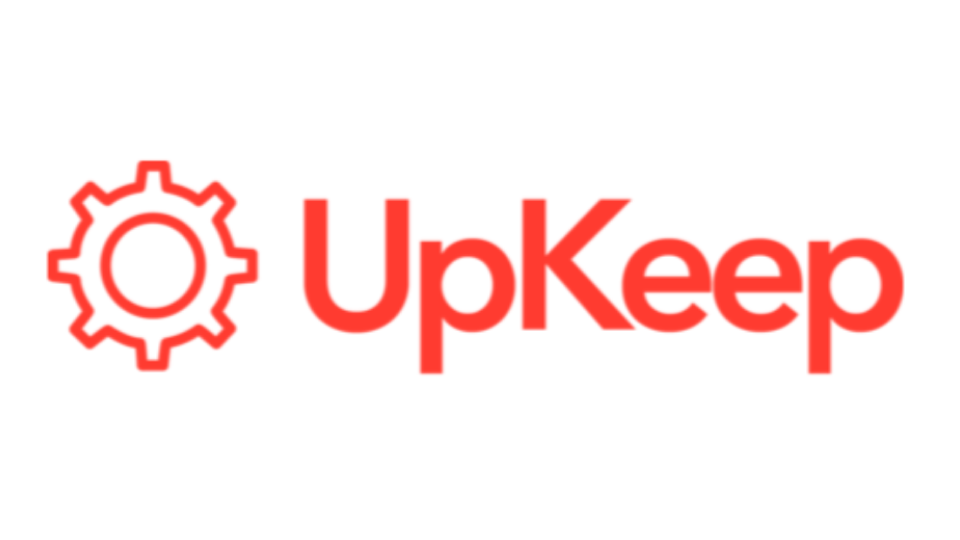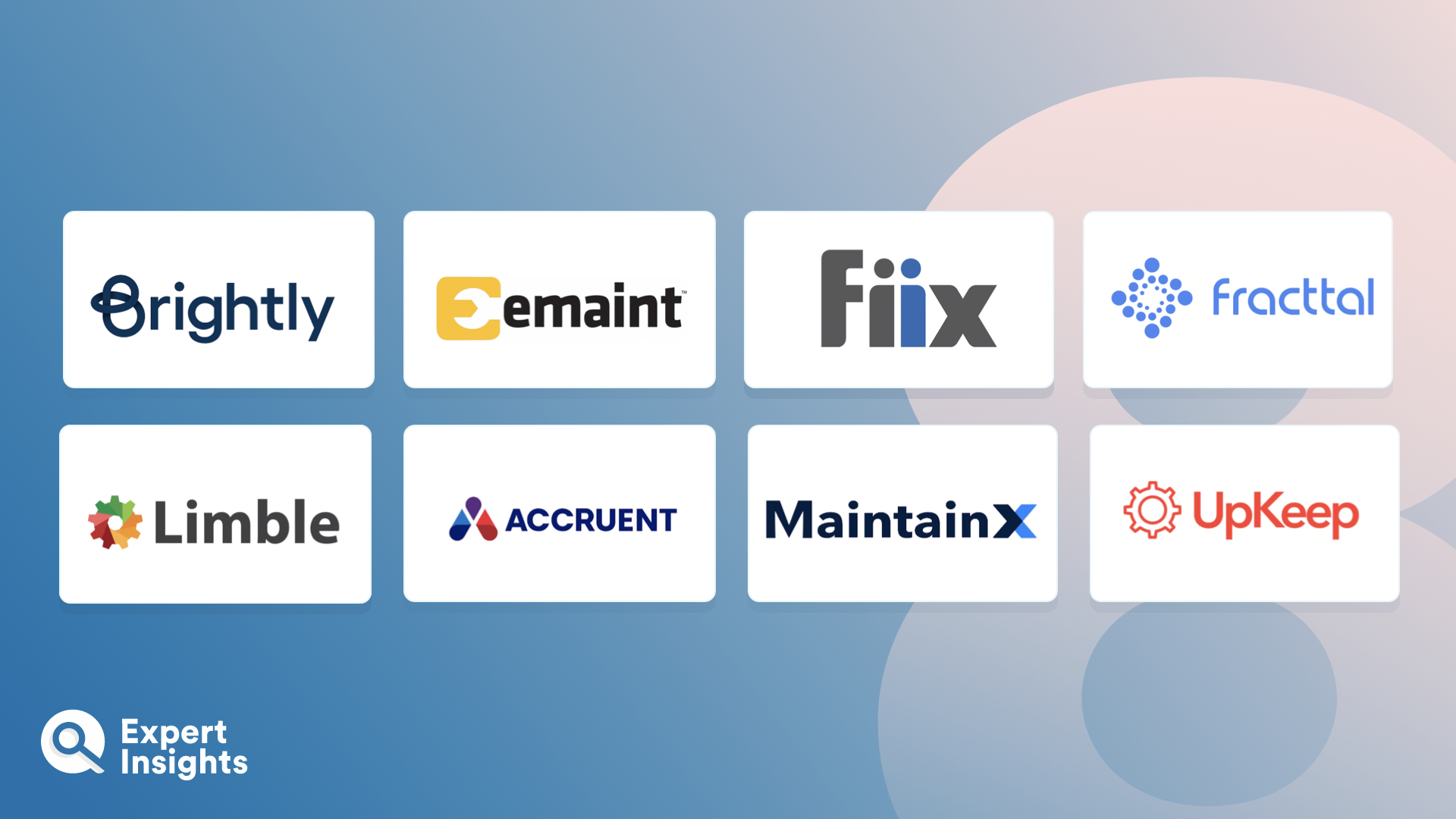Everything You Need to Know About Computerized Maintenance Management Systems (FAQs)
What Are Computerized Maintenance Management Systems (CMMS)?
Computerized Maintenance Management Systems (CMMS) are software solutions designed to help organizations manage and streamline maintenance operations. CMMS systems centralize data on equipment, work orders, maintenance schedules, inventory, and labor, providing tools for tracking asset performance, planning preventive maintenance, and managing resources. This all contributes to optimizing the use and availability of physical equipment including machinery, vehicles, communications, plant infrastructure, and other assets.
Computerized Maintenance Management Systems play an important role in various industries, from manufacturing, oil and gas production, and power generation, to construction and transportation. These are industries where physical infrastructure is critical.
These systems are valuable because they improve equipment reliability, reduce unplanned downtime, and optimize maintenance efficiency. By automating and organizing maintenance tasks, CMMS helps businesses reduce costs, extend asset lifespans, and ensure compliance with safety standards. Most of these top CMMS solutions will form part of a broader enterprise asset management system.
How Do Computerized Maintenance Management Systems (CMMS) work?
CMMS platforms work by centralizing data related to maintenance activities. These tools allow for scheduling, tracking, managing, and reporting on all maintenance tasks by automating key processes, leading to improved asset management, better tracking on work orders, and optimized maintenance schedules. Automating these processes helps companies avoid manual errors, prevent equipment failure, reduce downtime, and increase efficiency.
CMMS simplifies maintenance management and extends asset life by helping organizations manage tasks efficiently and make informed decisions based on real-time data.
What features should you look for when choosing a Computerized Maintenance Management System (CMMS)?
An efficient CMMS can minimize costs, reduce downtime, and enhance productivity. Some core capabilities that contribute to this include:
- Real-Time Asset Monitoring – This involves continuously tracking the condition and performance of assets through sensors and connected devices, which allows for immediate detection of anomalies and potential failures. This kind of proactive maintenance helps to prevent costly downtime, optimize asset usage, improve reliability, and extend equipment lifespan.
- Preventive Maintenance Scheduling -The automated planning of routine maintenance tasks is useful for keeping equipment running smoothly and preventing unexpected failures. This effectively reduces unplanned downtime, extends asset life, and lowers repair costs, helping to ensure that equipment operates reliably and avoids costly disruptions to operations.
- Work Order Management – Creating, tracking, and completing maintenance tasks efficiently is important because it provides clear organization and prioritization of tasks, thereby helping maintenance teams stay on schedule and better manage resources. By centralizing work orders, this feature ensures timely task completion, reduces downtime, and improves overall maintenance workflow and accountability.
- Inventory Control – This feature is important because it ensures critical parts are available when needed, reducing delays in repairs and maintenance activities. Inventory control is the management of spare parts and supplies needed for maintenance tasks which, if done effectively, helps avoid excess stock costs, minimizes equipment downtime, and improves overall maintenance efficiency by keeping resources well-managed and accessible.
- Mobile Access – Mobile access allows maintenance teams to access and update information from mobile devices, such as smartphones or tablets, in real-time. This feature is important because it provides on-the-go flexibility, enabling technicians to view work orders, log updates, and check inventory without returning to a central computer.
- Reporting and Analytics – Being able to generate data insights and performance metrics on maintenance activities, asset health, and resource usage helps users to make data-driven decisions, identify trends, optimize maintenance schedules, and improve asset performance. Effective reporting and analytics lead to better resource allocation, reduced costs, and improved long-term maintenance strategies.




